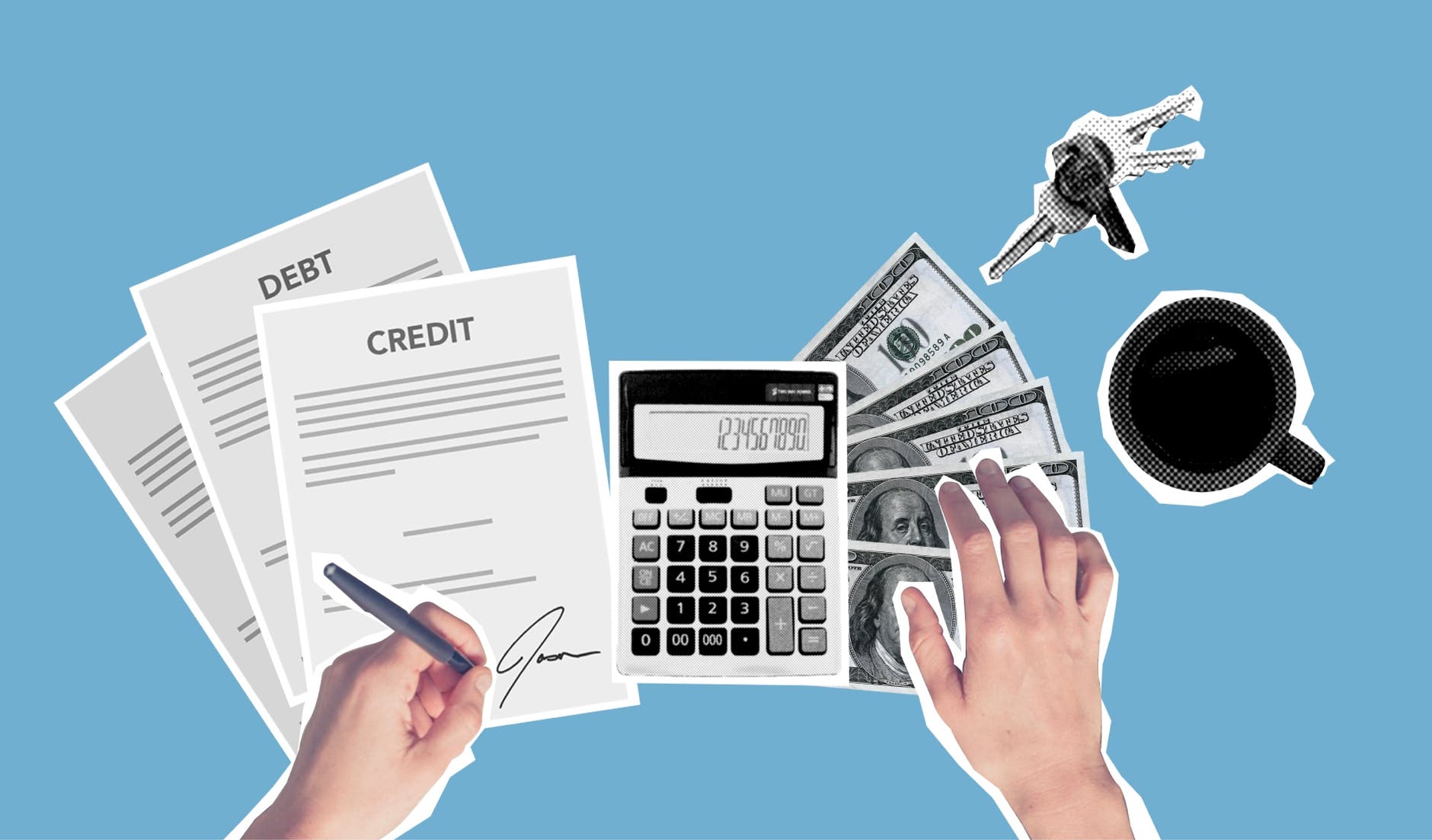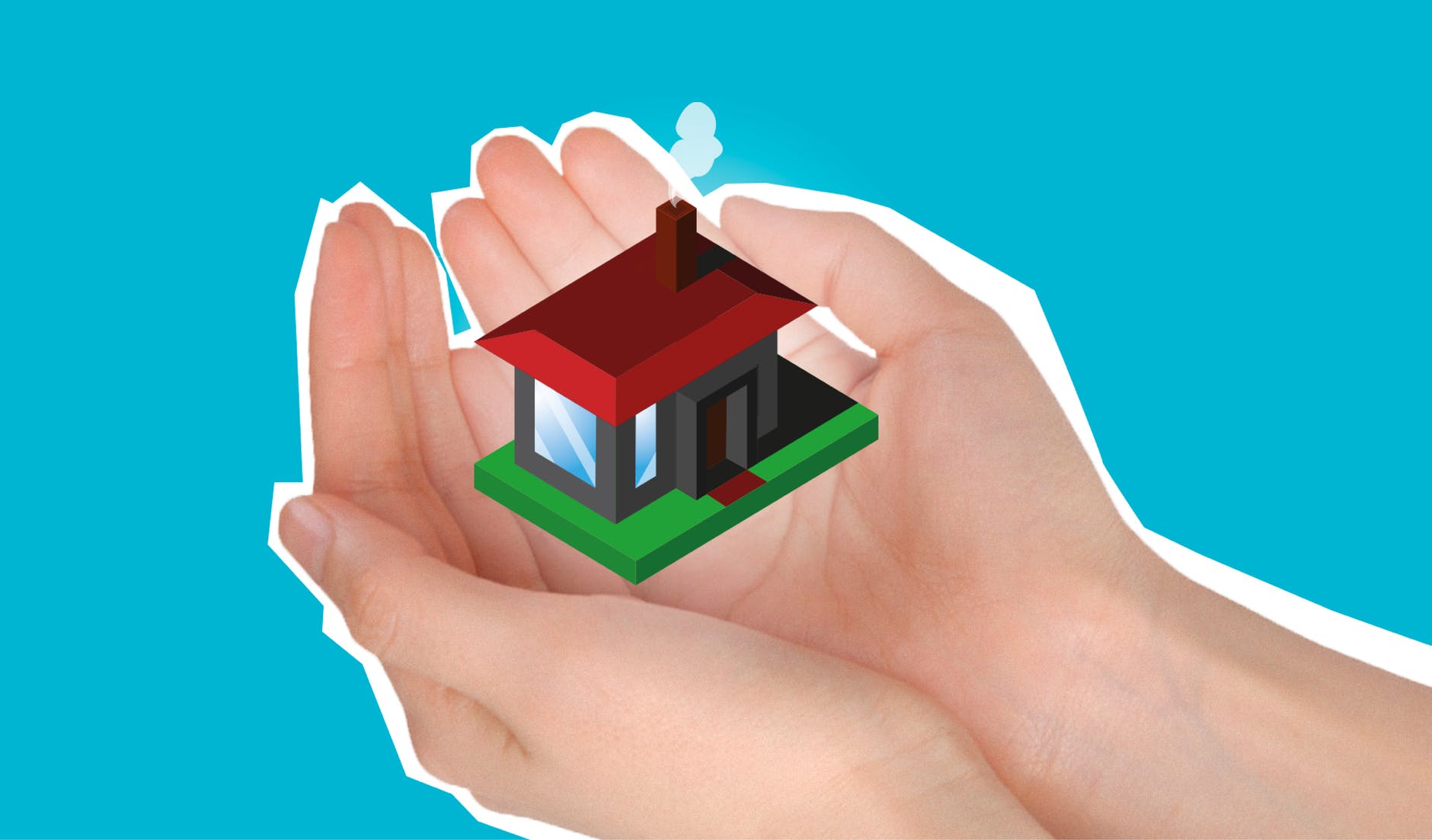Perhaps it’s time to update the kitchen or your second bathroom really needs to be renovated. Or maybe you’ve decided that it’s finally time to finish the basement. Whatever the project, home improvements can quickly become costly and if you aren’t prepared to fund them, they may get pushed aside or become a financial burden.
For those who know where to look or even how to do a quick Google search, there are plenty of ways to get a loan for your home improvement project. While most of these loans are available for homeowners with good credit, there are a few options out there for people whose credit score is fair.
To find out more about how you can get a home improvement loan and what’s required, read below.
What’s Required to Get a Loan for Home Improvement
There are a couple of different loans you can use for home improvement, but there are a few base requirements that extend to almost all of them. While the exact requirements and restrictions will vary, there are some things you will need to be ready to do and information you’ll need to provide no matter what.
#1. Credit Score
One of the first things a lender will look at is your credit score. Since there are often minimum credit score requirements for a loan, make sure to check your score before applying for a loan so you know whether or not your application is likely to be accepted.
#2. Income Verification
Another common check lenders will do is an income verification check. They may ask for proof of your current income which can be presented via pay stubs, a W-2 form, recent tax returns, or a bank statement.
#3. Appraisal
If you’re looking into getting a home equity loan to pay for home improvements, you’ll need to get an appraisal done beforehand. This will verify how much equity you have available to you and how much is left to pay off your original home mortgage.
Ways to Get a Loan for Home Improvement
There are a few different ways to get a loan for your home improvement as mentioned above, but not all the loans will have the phrase “home improvement” in their name. You’ll have to know what types of loans can be used on your project as well as how to obtain them.
#1. Home Equity and HELOCs
Home equity loans and HELOCs are the most common way for homeowners to pay for home improvements. Although similar, there are a few differences between the two.
Both types of loans use your home as collateral, meaning that the interest rate is lower than it is for personal loans, credit cards, or some of the other loan options. However, it’s important not to just dive into a HELOC or home equity loan if you aren’t confident you can pay it off. If you don’t you’ll lose your home.
In order to take out a home equity loan or a HELOC, lenders will often require you to have at least 20% equity, a credit score above 600, and a verified source income for the last two or more years.
#2. Cash Out Refinance
Another loan type that is commonly used for home improvements is a cash out refinance. This type of loan allows you to refinance your mortgage and take out a check for the equity you have.
Cash out refinances are done through another lender to pay off your current mortgage in order to take on another one, often with different interest rates or monthly payments.
The great part about using a cash out refinance loan to pay for a home improvement is that you won’t have to take on a new monthly payment. You’ll get a new mortgage that is lumped in with the costs of your home improvement. Most of the time, this monthly payment can be arranged to be the same as you were paying before so you aren’t taking on additional payments.
#3. Personal Loan
Personal loans are much more versatile as you’re able to use them for whatever you want, but they usually have much higher interest rates. You also don’t have to use your home as collateral so if you are unable to pay off your loan, you won’t be at risk of losing your home. This being said, you will have to find some other type of collateral.
A common drawback to personal loans is that they aren’t tax deductible. This combined with higher interest rates often makes them less appealing. They also have a shorter payback period which can be stressful for some borrowers.
Typically, you’ll need a credit score of at least 600, though there are lenders that will approve your application even if you have a lower score. You’ll also need to meet a minimum annual income requirement which varies from lender to lender.
There are some additional requirements for personal loans that you should be aware of before applying for one. Debt to income (DTI) ratio is one of these additional requirements as well as collateral. Your DTI should be no more than 36% in most cases. As for collateral, you’ll need to find something such as investment accounts or real estate that are of equal value. You may also be expected to pay an origination fee in order to process your application.
Final Word
Before you dive into your home improvement project or choose the first loan that comes your way, take the time to research loans and lenders. Very rarely is the first loan and lender you find the best option. Even if this is the case, it’s worth checking out other options just to be sure. Once you commit to a lender, it’s difficult to change your mind.
Using a loan to fund your home improvement project is a great way to update your home without having to worry about paying for everything all at once. As long as you assess your finances first to determine how large of a loan you can afford, you’ll be able to make the upgrade you want, when you want.






















